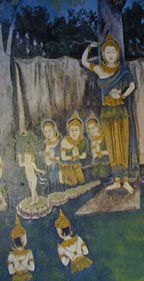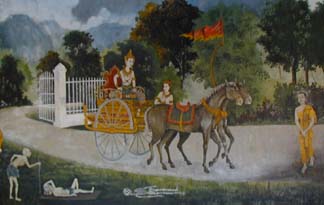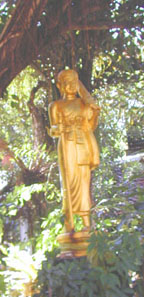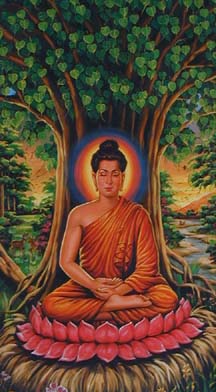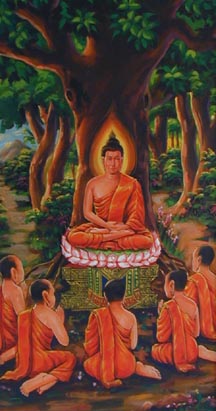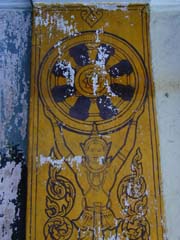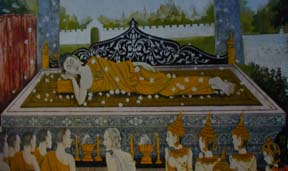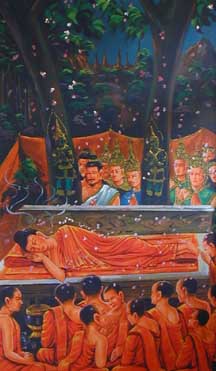|
The legend of Buddha is told to Thai children from the time they are young. Pictures of it line walls of their schools. |
|
|
This is our version of the story written for you... Over 2500 years ago in a place just south of the great icy mountains called the Himalayas and just north of the broad land of India, in a place that is now Nepal, there lived a small Aryan clan. Their ruler was named Suddhodana and the ruler’s beautiful and steadfast wife was Maha Maya. One day this ruler and his wife were to have a child. |
|
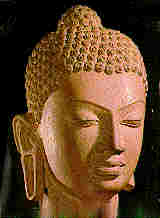 |
